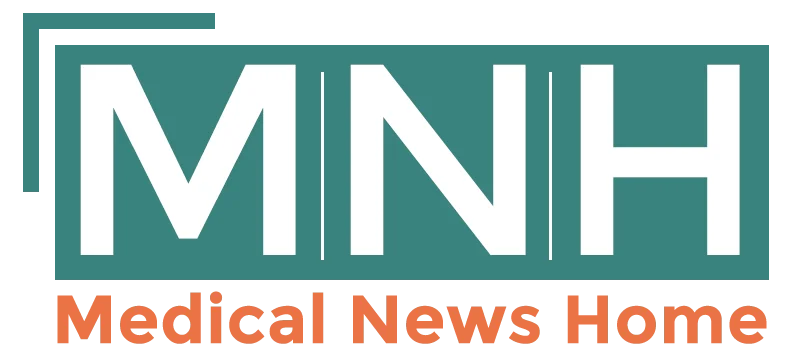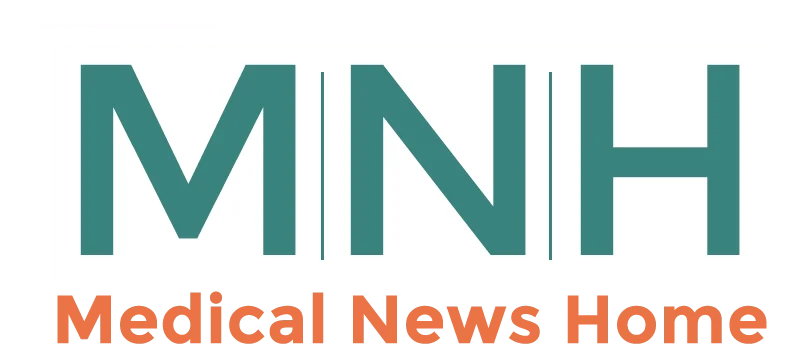The Impact of the COVID-19 Pandemic on the Adoption of Healthcare Technology
- Updated on: May 7, 2025
- Published on Feb 15, 2023

The COVID-19 pandemic has created a seismic shift in the healthcare industry, driving an unprecedented level of innovation and digital transformation. One of the most notable changes has been the rapid adoption of healthcare technology, including telemedicine, remote monitoring, and wearables. This shift has not only transformed the way healthcare is delivered but also challenged long-held assumptions about the effectiveness of traditional models. With the integration of sophisticated technology and data analytics, healthcare professionals can now provide more accurate, efficient, and personalized care. COVID-19 has accelerated this trend, pushing the industry to embrace technology in ways that would have been unthinkable a few years ago.
The Rise of Telehealth
The COVID-19 pandemic has reshaped the way healthcare is delivered, with telehealth emerging as a key player in the new landscape. This rapid rise of telehealth has challenged long-held assumptions about the limitations of virtual care and has paved the way for a new era of remote medicine.
Telehealth, the delivery of healthcare services remotely via technology, has gained significant momentum during the pandemic due to its convenience, accessibility, and cost-effectiveness. This model of care is no longer limited to a few use cases like behavioral health, but is now being used to deliver a wide range of services, including primary care and specialty consultations.
The rise of telehealth is not just a response to the pandemic but rather represents a transformative shift in the way healthcare is delivered. It has the potential to overcome long-standing barriers to healthcare access, particularly for those who live in remote areas, have mobility issues, or lack transportation.
However, the adoption of telehealth is not without its challenges. The digital divide has limited access to care for those without internet access or technology, and the lack of reimbursement for telehealth services is a significant barrier to adoption. Additionally, telehealth has raised concerns about the quality of care, patient privacy, and the impact on the doctor-patient relationship.
Remote Monitoring
Remote monitoring, the practice of collecting patient health data outside of traditional healthcare settings, has emerged as a vital tool in the fight against the COVID-19 pandemic. While it may seem like a relatively new concept, remote monitoring has been around for decades and has proven to be a game-changer in managing chronic conditions such as heart disease, diabetes, and hypertension.
The impact of remote monitoring goes beyond just providing remote access to care, as it allows healthcare professionals to monitor patient health in real-time, identify trends, and intervene before a crisis occurs. Remote monitoring can also help reduce the number of hospital readmissions, improve patient outcomes, and reduce healthcare costs.
In the context of COVID-19, remote monitoring has played a significant role in managing the disease and mitigating the spread of the virus. By using remote monitoring devices to track vital signs such as temperature, oxygen saturation, and heart rate, healthcare professionals can monitor the health status of COVID-19 patients remotely and detect early signs of complications. Remote monitoring also helps reduce the burden on hospitals, freeing up resources for critically ill patients.
However, despite the potential benefits of remote monitoring, there are concerns about patient privacy, data security, and the impact on the doctor-patient relationship. To address these concerns, healthcare providers need to ensure that they are using secure and reliable technology, providing adequate patient education, and ensuring that remote monitoring is used as a supplement to, rather than a replacement for, traditional healthcare.
Health Wearables
Health wearables, also known as medical wearables, are becoming increasingly popular in the healthcare industry. These devices are worn on the body and collect health data, such as heart rate, blood pressure, and sleep patterns. Health wearables challenge traditional assumptions about the way healthcare is delivered, and have the potential to revolutionize the industry by empowering patients to take control of their health.
Wearable technology has evolved significantly in recent years, with devices becoming smaller, more sophisticated, and more affordable. This has led to a significant increase in the adoption of health wearables, as they offer a convenient and accessible way for patients to monitor their health and well-being.
The impact of health wearables goes beyond just collecting data, as they provide patients with real-time feedback and personalized insights into their health. This allows patients to take proactive steps to improve their health, such as making changes to their diet and exercise regimen, and seeking medical attention when necessary.
However, the adoption of health wearables is not without its challenges. Patients need to be educated about how to use these devices properly and interpret the data they collect. Additionally, concerns about data privacy and security are a significant barrier to adoption, as patients need to be assured that their personal health information is being protected.
Data Privacy and Security
Data privacy and security are not just technical issues, but ethical and social ones as well. The collection, use, and protection of personal data can have significant implications for individuals and society as a whole. As we continue to rely on technology to collect, store, and share data, it is essential that we prioritize data privacy and security to prevent potential harm and ensure that data is used ethically and responsibly. We need to develop comprehensive policies and standards that protect personal data and prioritize transparency and accountability in the use of data.
Future of Healthcare Technology
The future of healthcare technology is both exciting and uncertain. Rapid advancements in artificial intelligence, robotics, and genomics hold the promise of significant improvements in patient outcomes, but they also raise important ethical and social questions. As we move forward, it will be essential to ensure that technology is developed and implemented in ways that prioritize patient well-being, promote equity, and address concerns about privacy and data security. We need to balance the potential benefits of technology with the potential risks, and ensure that it is deployed in ways that are both effective and ethical. The future of healthcare technology is in our hands, and we must work together to shape it in a way that benefits us all.


